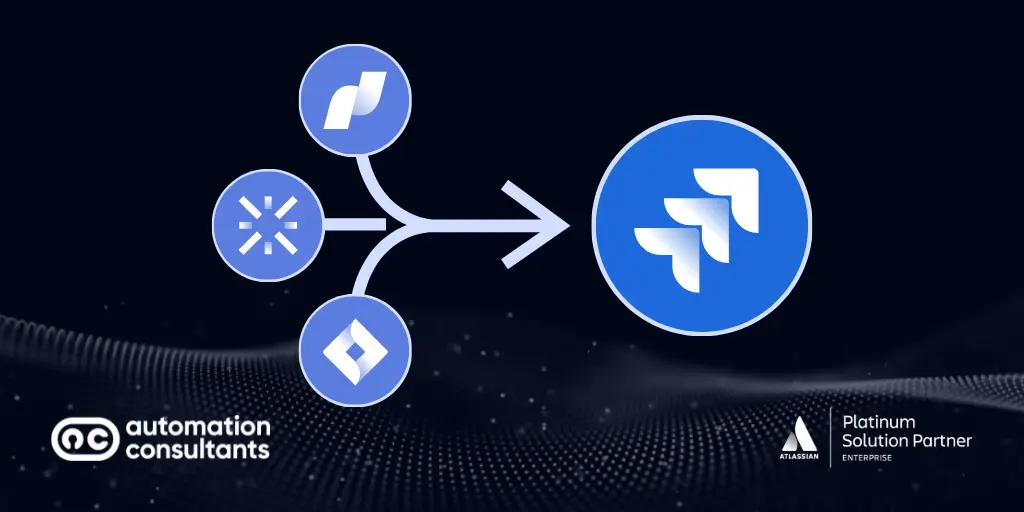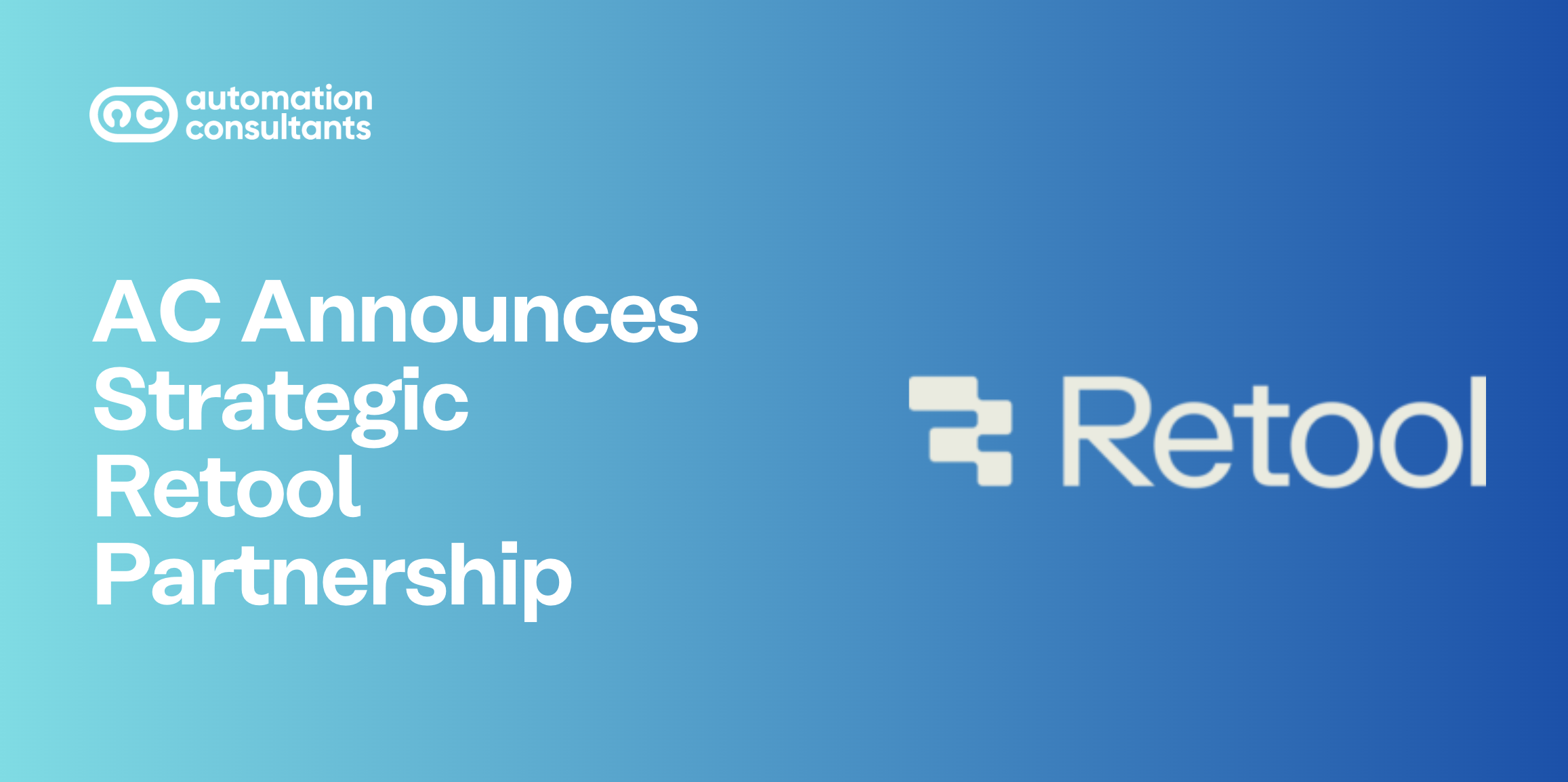You might be hearing a lot about Atlassian’s Jira Work Management (JWM) at the moment.
At Team ’24, Atlassian announced that JWM would be rolled in with Jira Software to deliver one ultimate project management and work tracking tool for all teams. Going forward, this powerhouse platform would be known simply as ‘Jira’.
In light of this, in this post we’ll explore Jira Work Management in depth, and what these changes mean for you.
We’ll cover:
How the changes will impact existing and new JWM and Jira users
An insight into ‘new’ Jira’s functionality
What the future of work management looks like in the Atlassian toolset
What is Jira Work Management?
A caveat before we begin. Jira Work Management still exists as a separate product at the time of writing (June 2024), and users with an active JWM licence will still have access to it.
However, the tool is no longer available for new subscribers and, once all current users have been migrated to the new, all-in-one Jira in 2025, we understand that Jira Work Management will cease to exist.
Now, a brief history lesson:
Jira Work Management, one of the more recent additions to the Atlassian family, was released in 2021. The tool was originally designed to provide a similar level of project management functionality as Jira Software, but tailored to wider business teams, such as HR, Marketing or Finance.
We took you on a deep dive of JWM’s key features in our previous guide to using Jira as a project management tool. (If you haven’t had a read yet, it’s worth a glance.)
Jira Software was predominantly (although not exclusively) used by software development teams, and was designed to support Agile ways of working, with specific templates (such as Kanban and Scrum) and features to achieve this.
Atlassian has now merged the two products together.
‘We’ve taken the best of Jira Work Management and Jira Software to make a single project management tool ready to help any team go from good to great.’ – Atlassian, ‘The Next Era of Jira’
This consolidation of these tools is set to deliver real benefits to teams. Despite this, we’re aware it might seem like a significant change to some, especially if you’re an existing Jira Work Management user.
So, let’s explore what this new announcement means for you.
Combining Jira Work Management with Jira Software for a better workflow
By bringing together JWM and Jira Software, Atlassian is delivering a more streamlined and cohesive way for all teams to collaborate on a business project manage their work.
Before we guide you through a more extensive list of benefits, let’s address a few questions head on.
What if I’m an existing Jira Work Management user and I like it?
As we touched on earlier, the first thing to make clear is that Jira Work Management is still available for current users.
Ultimately, Atlassian plans for all JWM users to be automatically migrated to Jira, either in 2025 or until the end of your contract term. (If you don’t wish to continue your journey with Jira, you will have the option to opt out of the migration.)
Atlassian has stated that it will reach out directly to all JWM subscribers to provide next steps and more information. In the meantime, however, you may find these FAQs helpful.
The bottom line is that, if you’re a current Jira Work Management user, you’ve got a while until you’ll start to see any significant changes.
Unless you proactively want to switch to Jira, that is…
What if I’m an existing Jira Work Management user but I’m ready to make the move now?
With the breadth of new Jira functionality announced at Team’24, we wouldn’t be surprised if some JWM users are eager to begin using the new all-in-one tool already.
Atlassian has advised that most existing JWM subscribers will be migrated in early 2025, but those who wish to move sooner may be able to start the process as early as August 2024.
What if I’m already using Jira?
If you’re an existing Jira Software (now just ‘Jira’) user, you may have already begun to notice some of the changes and enhanced features as a result of this consolidation.
You don’t need to take any action: Your Jira, complete with JWM templates and some other new features, is ready for you to use, without any changes to your billing or contract.
And what if I’m a Jira Data Center user?
The newly-added Jira Work Management functionality and additional Jira enhancements will only be available in Jira Cloud.
Are you considering a move to Jira Cloud from Data Center? As an Atlassian Platinum Solutions Partner and Cloud Specialised, let us guide you through your Atlassian Cloud Migration from beginning to end.
What can users expect from the ‘new’ Jira?
Jira users will benefit from core Jira Software functionality, coupled with the business team templates and wider task management features that were previously unique to JWM.
This in itself is exciting. Previously, some business teams may have perceived Jira Software as too complex or overly technical for their needs. By including Jira Work Management functionality in this new all-in-one tool, Atlassian has unlocked the power of Jira and made it more accessible for teams who otherwise may not have used it – think marketing, design, finance or HR. This ‘new era Jira’ can now serve all of them, whilst continuing the meet the needs of its traditional core user base: software development teams.
Crucially, although it’s highly beneficial for teams to work together in the same tool, Atlassian has recognised that each business area will still have its own unique workflows, tasks and activities. This is where the range of JWM business templates will prove valuable. Essentially, all teams should benefit from working in one, cohesive tool, without having to compromise their existing processes.
Now, all of the above is simply the result of Atlassian’s decision to consolidate the two tools. Above and beyond this, several new and significant product updates were made at Team ’24.
Jira enhancements
There was a lot to get excited about at Team ’24 with regards to Jira product updates – and we expect more to come over the following months as the tool continues to evolve in line with wider team and organisational needs.
For now, we’ll focus on three key enhancements that we’re looking forward to exploring:
1. Shared goals
As we know, one of the core USPs of the new Jira is its flexibility: It can fulfil the work management needs of a wide range of business areas, from finance to design. In other words, each team can retain their own processes and workflows.
However, even when teams are working in distinctly different ways to one another, all should still be united by a common organisational objective.
Atlassian seems to have recognised this from the off, and will be releasing ‘Goals’ in a few months’ time.
Providing clear visibility and tracking of progress, ‘Goals’ should instil a shared sense of accountability and a joint focus on achieving high level outcomes. In our experience, this visibility and understanding of objectives – both at a team and organisational level – is invaluable for moving work forward and motivating team members.
2. List views
This next enhancement follows on nicely from our previous point about teams working in different ways.
How we view and organise our work plays a key role in how effectively it flows. Traditionally, teams using Jira Software have tended to work in an Agile way, making use of the tool’s Kanban or Scrum templates, and its board or timeline views. However, these aren’t necessarily suitable for marketing plans, for example, or HR projects.
As such, Jira will now provide a ‘List’ view. This enhancement was announced at Team’24, and has been designed to comfort those who feel most at home in a spreadsheet (Atlassian’s words, not ours!). Essentially, this enhancement brings a familiar feel to Jira – again, welcoming business teams and non-technical (and perhaps non-Agile) users to excel in task management without having to use a complex or unsuitable interface.
3. New AI capabilities
We couldn’t share Jira product updates without mentioning Artificial Intelligence (AI). In our Team ’24 round-up post, we shared several Atlassian Intelligence updates (including a spotlight on new tool, Rovo), but in this section we’ll narrow our focus to one key Jira AI enhancement.
Designed more for Jira Software’s traditional user base, Atlassian has introduced AI capabilities to break work down into smaller, more manageable tasks. Currently in beta for Jira Premium and Enterprise, this feature could lessen the initial burden of manually creating issues, tasks, sub-tasks and so on, and instead provide teams with more time and focus to move that work forward.
We particularly liked how Atlassian Champion and Jira expert, Rodney Nissen (aka The Jira Guy) described this enhancement. He perfectly encapsulated the practical benefit alongside our collective admiration (and perhaps incredulity) at just how quickly AI is evolving and impacting the way we work already:
‘One honestly crazy feature they previewed in Jira is the ability to pre-populate likely stories on an Epic using Atlassian Intelligence. AI will take the context of the epic title, description, and any linked content to generate the likely required stories for you. Considering how many times I’ve had to build automations like this, I can imagine this feature going over well with the scrum masters of the world.’ – Rodney Nissen, ‘Team ’24 Keynote, What Was Announced?’
Benefits of Jira
We’ve touched on three core enhancements to the all-new Jira, but it’s worth casting an eye on the overall benefits this tool could provide – particularly if you’re a Jira Work Management user who may still be uncertain about whether to proceed with Jira or not.
It’s worth noting that it’s not all roses. Whilst existing Jira (Software) users will see no change to their billing or contracts, and Atlassian has introduced a 10% discount on Jira subscriptions for current Jira Work Management users when they switch, we must acknowledge that some JWM users will see a cost increase when they move to Jira.
And, although Atlassian is managing the migration process at a careful pace and providing support and information to its JWM user base, we’re aware that there’ll be Jira Work Management subscribers who still feel that they didn’t ask for – and don’t want – this change.
Our role is not to convince anybody reading this to make the switch to Jira. However, as long-time Atlassian advocates, it would be remiss of us not to finish this post by sharing the benefits you might gain from Jira.
With one singular project management tool, designed to meet the needs of all teams, you should experience:
Reduced context switching between tools
Improved visibility and trust across multiple teams and stakeholders through through a board view management dashboard
A stronger foundation for Scaled Agile across different teams, with an Agile tool and templates already in place
More productive teams, with work all in one place – making life easier, faster and simpler
Standardised tooling and processes, but with templates providing team-specific diversity where needed
Simpler billing and licence management
Improved ability to scale usage up and down organisation as more teams adopt Jira
Manage Work with Jira
We hope that this piece has answered a few questions – and perhaps reassured some users – around the consolidation of Jira Work Management and Jira Software. Both valuable tools in their own right, bringing them together has resulted in on singular, powerful work management platform, designed to house all projects and processes.
In terms of the future of work management at Atlassian, we expect there to be a continued focus on bringing disparate processes, tools and people all together in one place. Doing this should improve efficiency, visibility and flow of work throughout an organisation, alongside enhancing opportunities to scale Agile across different teams and departments.
Do you still have questions around the merging of Jira Work Management and Jira Software? Are you unsure if your current techstack is optimised as effectively as it could be? Or would your team benefit from Jira training, custom Atlassian training or best practice guidance.





